Rosie and Komoto are the two brown lemur
residents at SBFPS. As primates, they are highly social, in the wild living in
groups with up to 30 - 40 individuals. In the
sanctuary, they snuggle with each other and interact with their ring-tailed
lemur neighbours. “The Browns” as we
call them are interested in watching the humans washing dishes and working
around the barn. One of their favourite treats
are grapes – they are so cute when they eat them! They have soft hands, are gentle and love to
bask in the sun. They are flight
animals, meaning they would rather flee than fight.
· Lemurs are found on the island of
Madagascar, located off the southeastern coast of Africa in the Indian Ocean.
They have also been found to live on Mayotte,
an island to the north of Madagascar.
 |
| Rosie enjoying a grape in her enrichment! |
· Brown lemurs (Eulemur fulvus fulvus) are typically herbivores, eating fruits,
flowers, and leaves, but they will, on occasion, eat centipedes, millipedes,
and other insects. They will also consume bark, sap, and clay.
· They live in forests, both rain forests and
dry forests, ensures that they have an ample supply of food, with plenty of
plant and animal life around to nibble on.
·
They are excellent jumpers, moving from tree
to tree with ease and use their tail for balance when needed. They spend less
than 2% of their time on the ground. When on the ground, they usually run
around on all 4 legs.
· As with all of the true lemurs, olfactory
communication is extraordinarily important.
They have scent glands on their wrists and throats and use them to mark
location and as an individual “signature”.
· The brown lemur is classified as near
threatened on the IUCN (International Union of Conservation of Nature and
Natural Resources) red list of threatened species. Over the past 3 generations
(24 years) the population is estimated to have decreased by 20 to 25%. This is
mostly due to decline in both the area and the quality of its habitat in its
only known range. The brown lemur also suffers from exploration.
VOCAL COMMUNICATION
·
ohn: this is a nasal sound that is used in
maintain-ing group cohesion (we hear this all the time in the barn!)
·
cree: this high-pitched sound is used as a
terri-torial call
·
crou: this sound is the alarm call of the
brown lemur

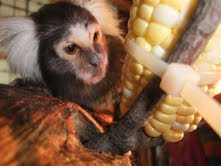
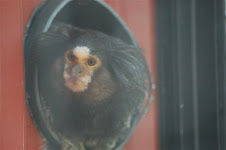
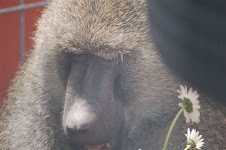

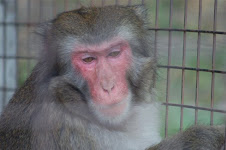


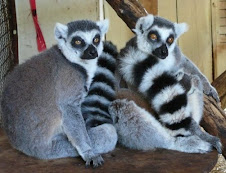

No comments:
Post a Comment